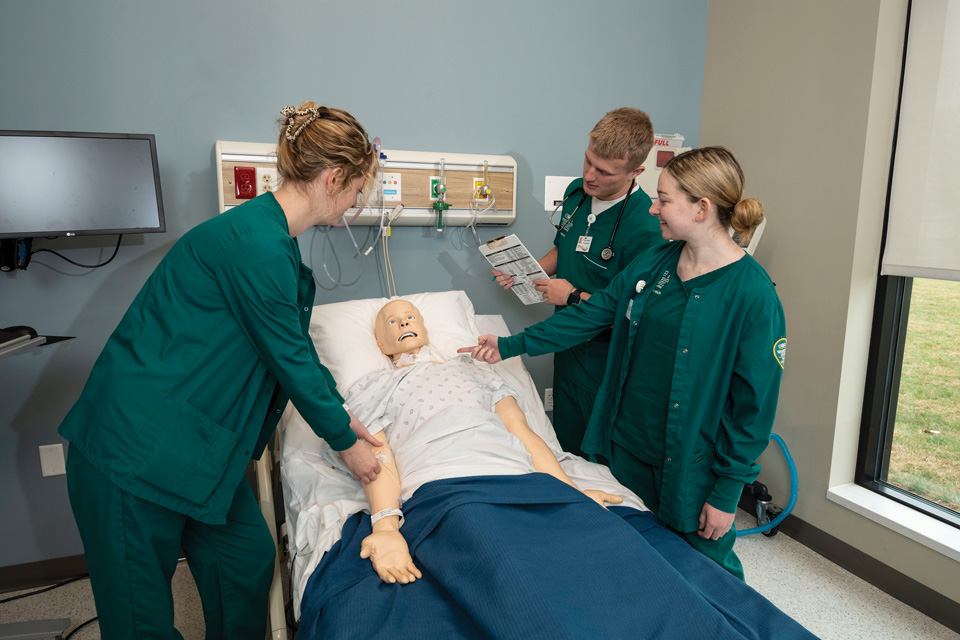The Advantages of Regional College Campuses
Whether it’s proximity to home or unique programs and offerings tied to a specific location, here’s why attending one of Ohio’s regional college campuses might be right for you.
Related Articles

How University of Cincinnati Students are Embracing Cooperative Education Programs
Cooperative education pairs students with employers so they can gain valuable, real-world experience. The University of Cincinnati pioneered the concept in 1906 and today offers one of the largest of such programs. READ MORE >>

Why Filling Out the FAFSA Matters
For students looking to determine how best to pay for their postsecondary education, completing the Free Application for Federal Student Aid is essential. Here’s what you need to know. READ MORE >>

Spice Up Your Semester With These Unusual Classes Offered at Ohio Schools
From analyzing Taylor Swift’s song lyrics to learning what zombies can teach us about life and death, these five colleges are among the many across Ohio offering some seriously cool elective classes. READ MORE >>





